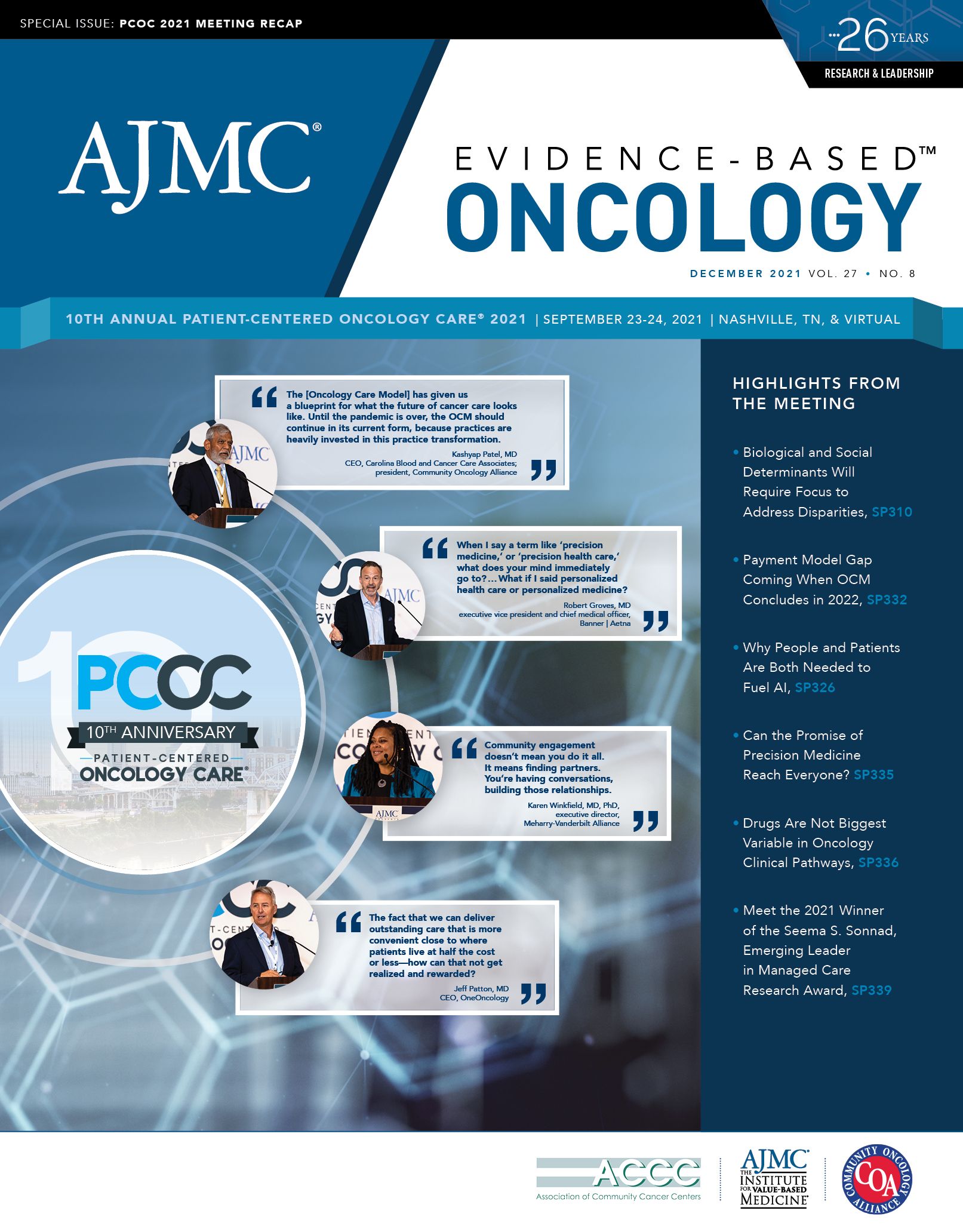- Center on Health Equity & Access
- Clinical
- Health Care Cost
- Health Care Delivery
- Insurance
- Policy
- Technology
- Value-Based Care
PCOC Spotlight: How Payers Are Leveraging Digital Devices for Remote Monitoring
Elizabeth Kwo, MD, MBA, MPH, is the deputy chief clinical officer, Anthem Blue Cross Blue Shield, Boston, Massachusetts. Kwo is a faculty lecturer at Harvard Medical School and physician entrepreneur.
Remote patient monitoring has applicability to many scenarios, including urgent care uses; long-term monitoring to help keep patients with cancer out of the hospital, by monitoring the effects of oncology treatment at home; and even voice monitoring to check for altered mental status. And those are just a few, said Elizabeth Kwo, MD, MBA, MPH, the deputy chief clinical officer at Anthem BlueCross BlueShield, who took part in the panel discussion on remote patient monitoring during Patient-Centered Oncology Care® (PCOC).
How can payers use remote patient monitoring to advance value-based care, particularly in oncology?
KWO: There are multiple ways right now, in terms of how payers are leveraging digital devices—it’s called the Internet of Things. Remote patient monitoring can consist of something called TIDO [digital package and website].1 Not only are there certain devices that allow you to connect with a doctor, but [with] certain devices you can show the doctor, say, your mouth and your ear. There are also other ways to speak to the doctor and urgent care in the setting of your own home.
Also available is long-term monitoring; instead of in the moment of care with the doctor, you’re actually getting monitored with the device. Of course, many things allow that, like wearables—[simply], things that you can wear that monitor [functions], from your heart rate to your temperature. Let’s say in a postdischarge situation, if someone’s on chemotherapy, [a device can tell] whether they spike a fever or if they’re dehydrated. For instance, electrolytes—there are ways to now monitor that remotely. There are also different ways [of handling] when a patient is asking questions. We now have something called voice biomarkers, which can indicate, [when a trained person] listens to them, how a patient is doing, just by looking at speech patterns they use in the home—whether or not they may have signs of, let’s say, delirium or dementia. So, a lot right now is moving ahead within the ecosys tem of the health care space.
Reference
TIDO, Inc. website. Accessed October 12, 2021. https://tidoinc. com/

